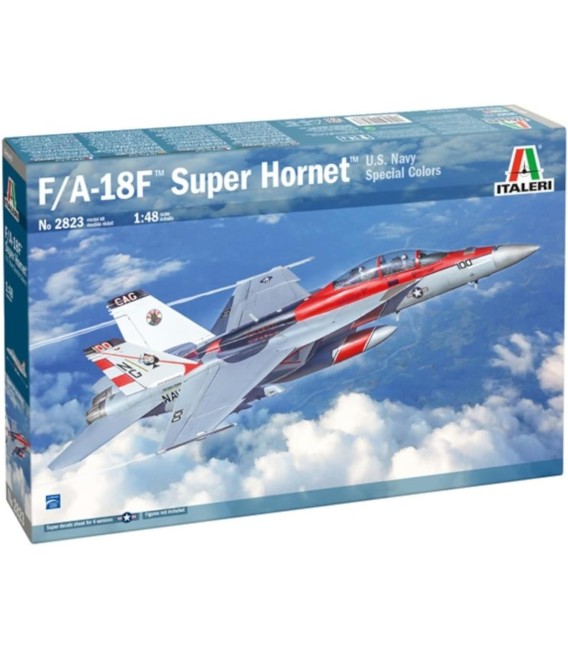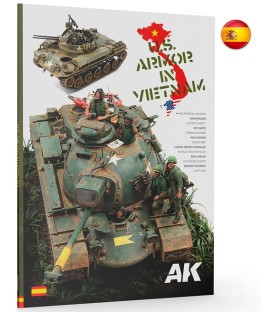2823 F/A-18F Super Hornet U.S. Navy Special Colors - Italeri 1/48 Scale
Scale: 1:48
Box Dim. 370 x 60 x 240 mm
McDonnell-Douglas/Northrop F/A-18 Hornet is a shipborne fighter and attack aircraft capable of operating in all weather conditions. The roots of the F/A-18 date back to 1974 and the F-17 prototype, which was of interest to the US Navy command that year. The contract for the serial construction of the aircraft was concluded in 1976.
To speed up the work, the Northrop concern entered into cooperation with the McDonnell-Douglas concern. As a result, on November 18, 1978, the test flight of the prototype took place, and a year later, successful landings on the aircraft carrier.
Since 1982, the aircraft has been delivered to linear units with General Electric F404-GE-402 engines as a propulsion unit. The aircraft is produced in several versions. The first were the F-18A (fighter) and F-18B (trainer). Foreign orders from Spain, Canada and Australia quickly followed.
In 1987, a version of the F-18C was created, adapted to the use of AMRAAM missiles. A year later, the F/A-18D, a two-seat version of the F-18, entered service in all weather conditions, and could be used as an attack aircraft. On its basis, the reconnaissance version of the R/F-18D was created.
The newer versions (the so-called Super Hornet) F/A-18E and F/A-18F are heavily modified versions of the F/A-18D. They are characterized by increased fuselage length, wingspan and surface area. They also feature new General Electric F414 engines and decidedly expanded and modernized avionics. They were first introduced in 1995.
The EA-18G Growler electronic warfare aircraft was also created on the basis of the F-18. All versions of the F/A-18 were popular with pilots, were characterized by a low failure rate, ease of operation and very good flight parameters. The Hornets took part in the operation against Libya in 1986 and in Operation Desert Storm in 1991. Technical data (version F/A-18 C): Maximum speed: 1,915 km/h, rate of climb: 254 m/s, practical ceiling 15,240 m, maximum range: 3,340 km, operating radius: 280-740 km, armament: fixed - single six-barreled 20-mm M61A-1 cannon, suspended - up to 7,700 kg load.





































